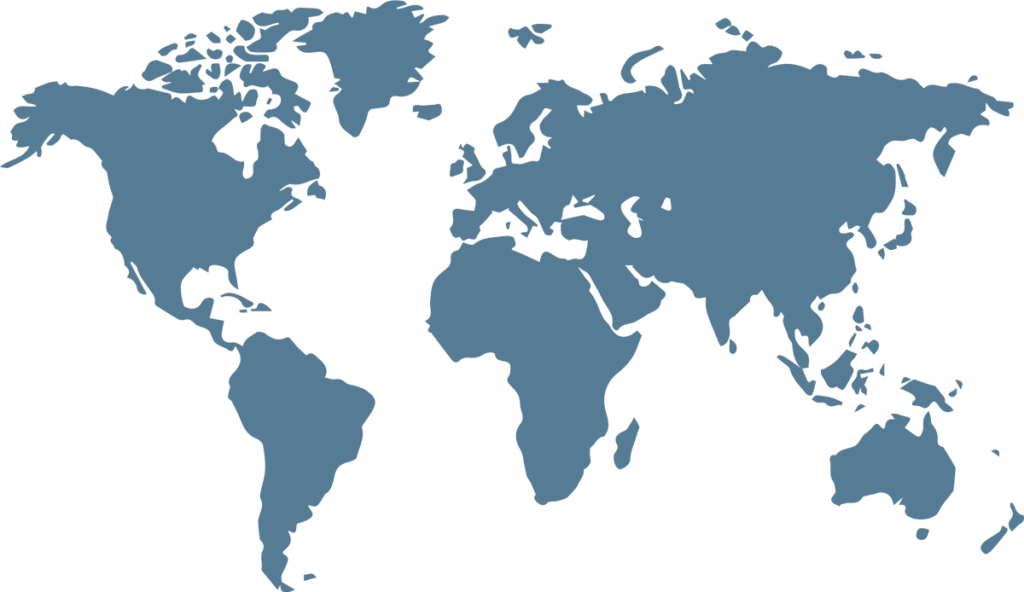One artist poses in a tangle of electrical wires; another stands in a surreal robotic uniform made entirely of discarded mobile phones.
The two performers are taking part in the KinAct Festival, an annual arts event held in the Democratic Republic of Congo’s capital, Kinshasa.
By making fantastical costumes out of bottlecaps, pill packets, plastic pipes and other waste materials, the artists transform the city streets into a platform for speaking out about social issues – including Kinshasa’s massive pollution problem.
Artist Junior Mungongu made an interactive costume from plastic bottles and lids to raise awareness of the city’s lack of action on single-use plastics. Walking around the city in his elaborate creation, he engages with his audience by asking people to screw plastic bottles onto the lids.
The proliferation of plastics in his country “has taken on worrying proportions,” he says.

Artist Junior Mungongu wears a costume made out of plastic bottles and lids.Colin Delfosse
Belgium-based Congolese artist Jean Precy Numbi Samba, also known as “Robot Kimbalambala,” salvages abandoned cars to make his surreal outfit. From metal sheets to disconnected wires, Samba transforms past-their-prime vehicles into what he calls “armor” to draw attention to consumption and waste in the DRC.
Kimbalambala is slang for used vehicles that have undergone several successive repairs in Lingala – the most widely spoken language in Kinshasa, says Samba.
He points to that fact that many vehicles that are considered no longer roadworthy in Europe are imported to Africa to “start a new African life.” The continent is home to 40% of global used vehicles and 80% of these do not meet basic emission standards.
Samba says his work “embodies the madness of men” adding that his costume is “a positive way to show that creating is still possible, even with miserable conditions.”

Jean Precy Numbi Samba poses in his costume made from salvaged car parts.Colin Delfosse
“Giving echo”
Brussels-based photographer Colin Delfosse has created “Fulu Act,” a portrait series featuring some of the KinAct artists. In Lingala, “fulu” means waste, or a rubbish bin, says Delfosse. “I produced these images because I thought it was an interesting way of dealing with the scourges that affect the DRC,” he says, adding that he was inspired to create the series because the artists’ costumes are visually striking and the photos convey their messages without resorting to cliches.
The pollution problems highlighted by the KinAct artists are the consequence of 20 years of rapid population growthin Kinshasa, during which the development of infrastructure for waste disposal and recycling has not kept pace.
The Congolese capital is currently home to around 17 million people and is predicted to become the largest megacity in Africa by 2030. Poverty is rife, with 75% of the city’s inhabitants living in slums with inadequate housing and a lack of basic infrastructure and services. It is estimated that Kinshasa’s inhabitant, known as “Kinois,” produce around 9,000 tons of garbage daily, including 1,500 tons of plastic waste which clogs rivers, contributing to flooding.
Delfosse hopes his photos, taken over a two-year period and shortlisted in the professional portraiture category of the Sony World Photography Awards 2023, will give people insights and a new perspective on the DRC. “I’m not trying to make a statement. I’m giving an echo to the work of the artists, what they have to say about their country and how it is managed,” he says.
“The more you get to know this country, the more fascinating it becomes,” he says.


